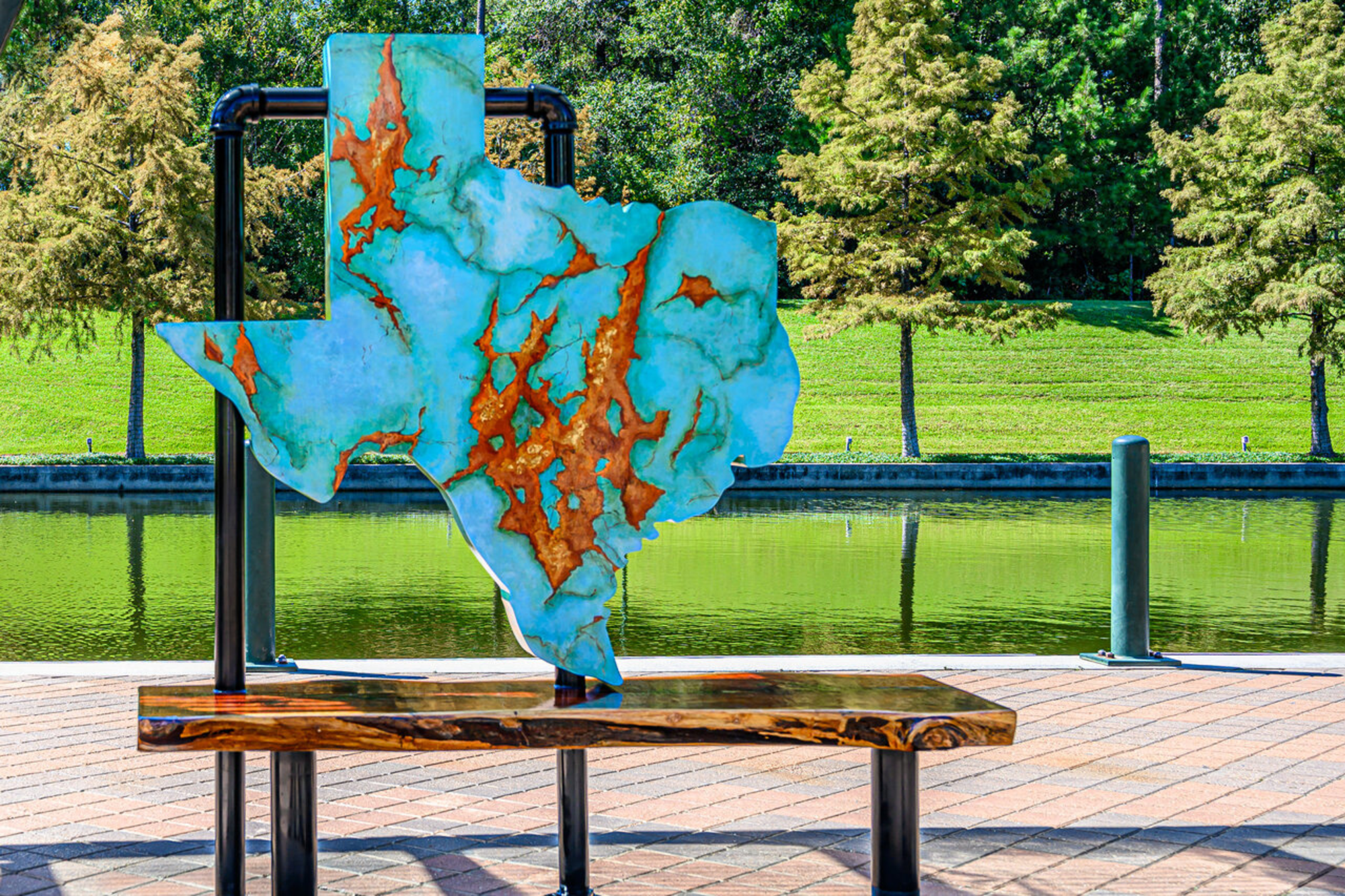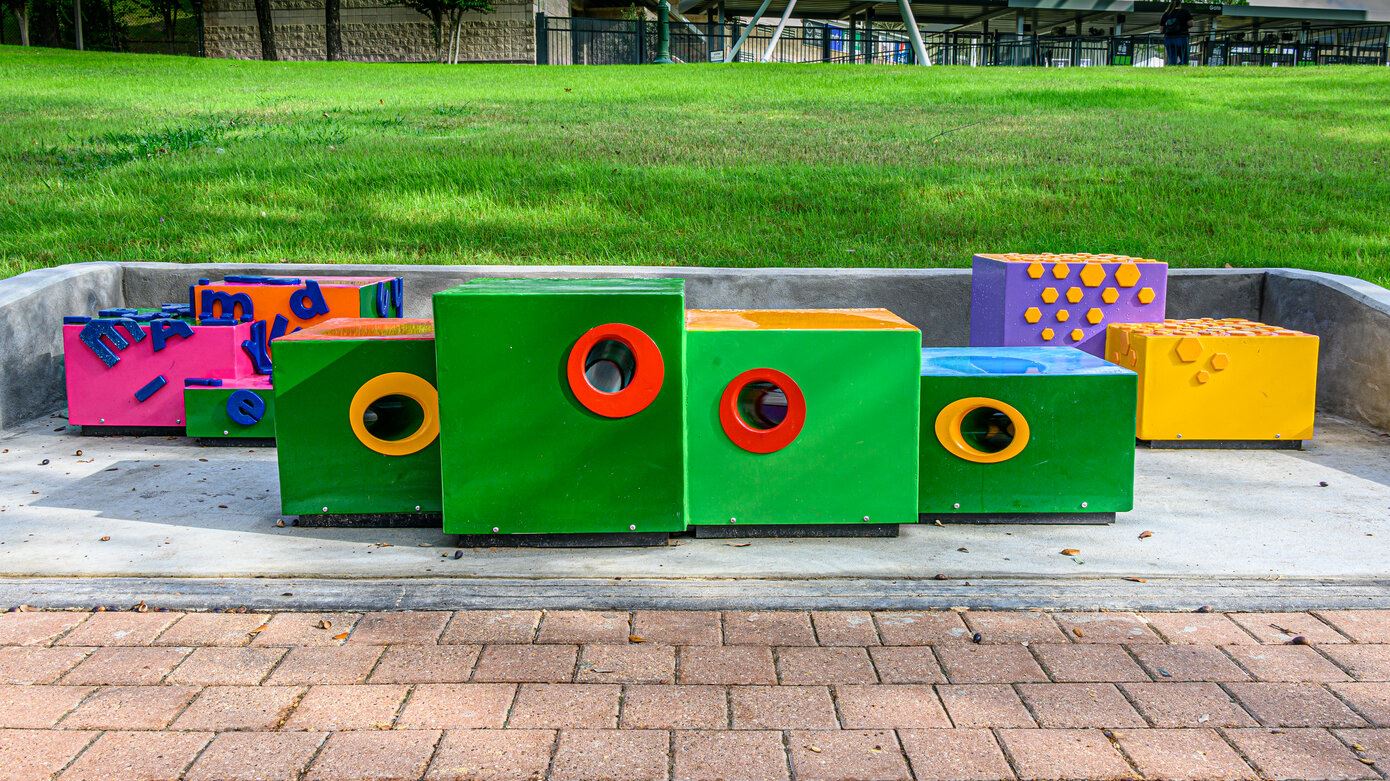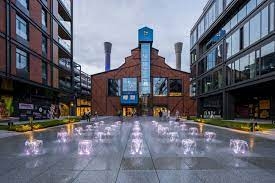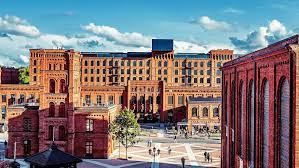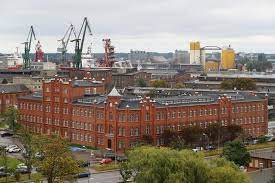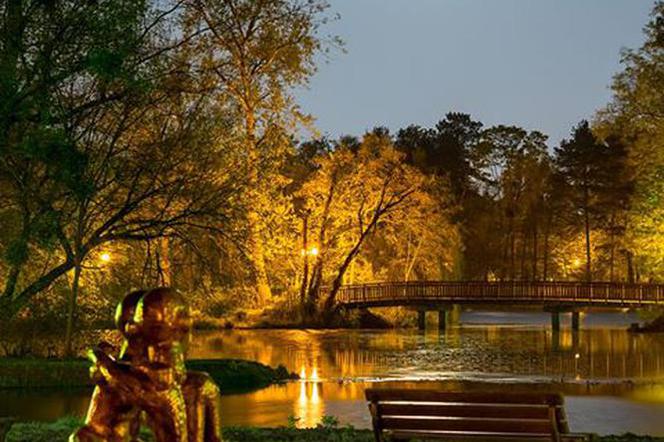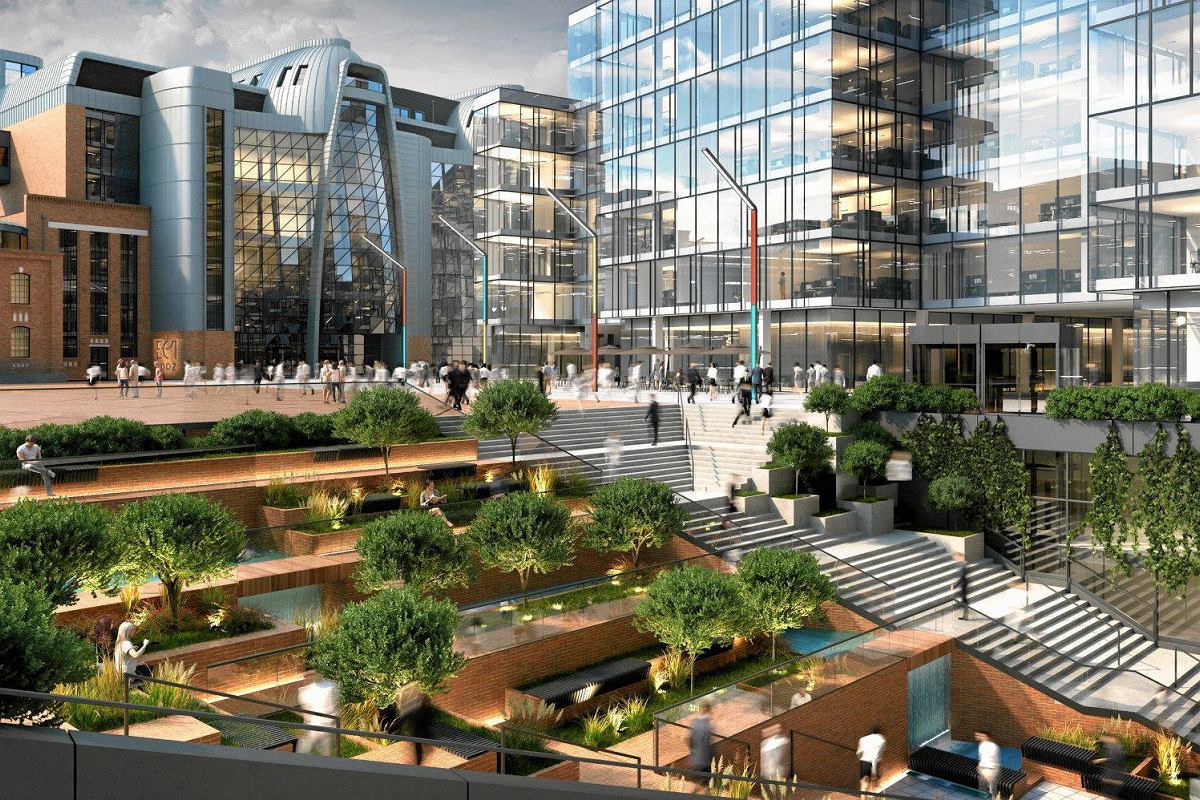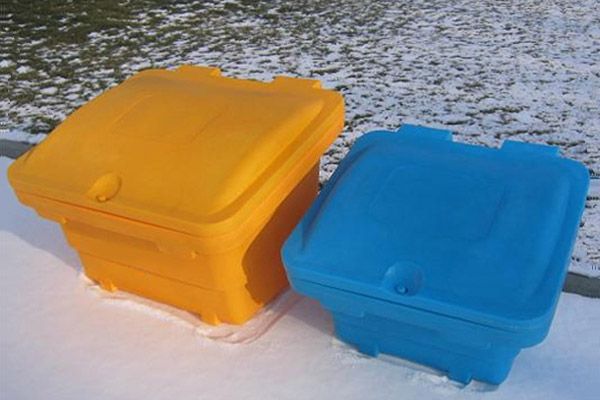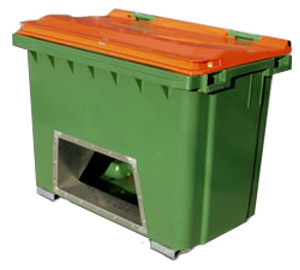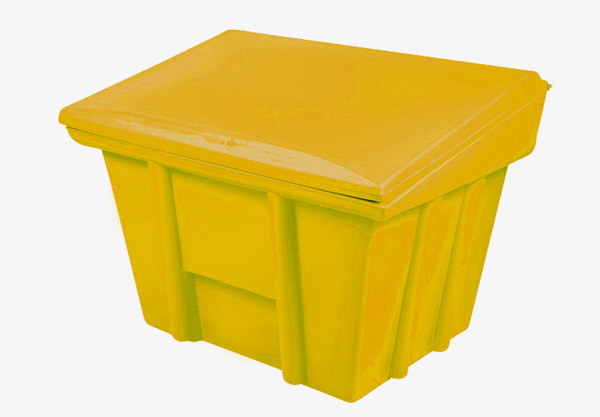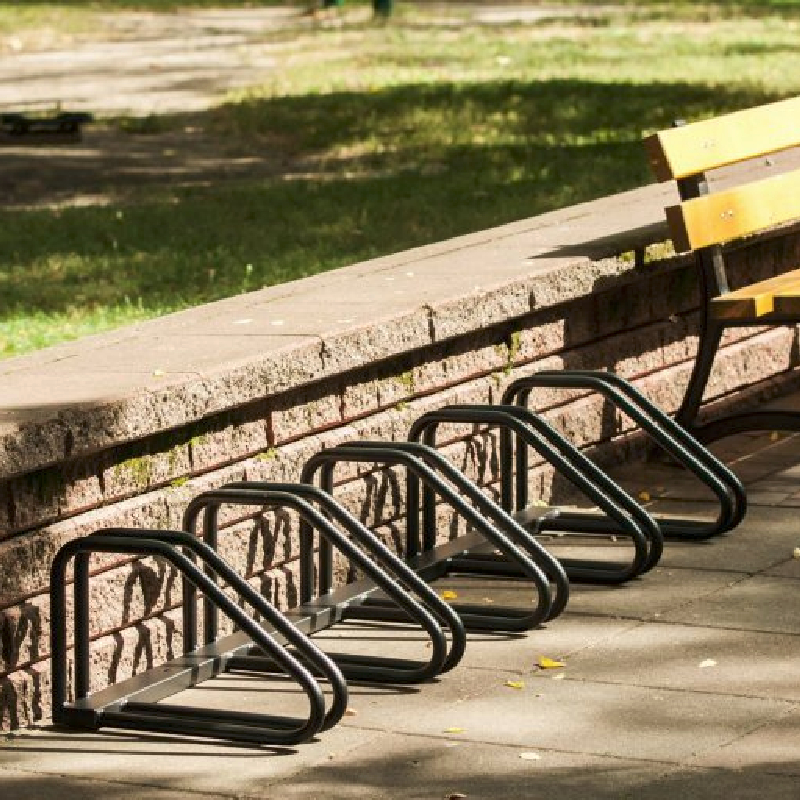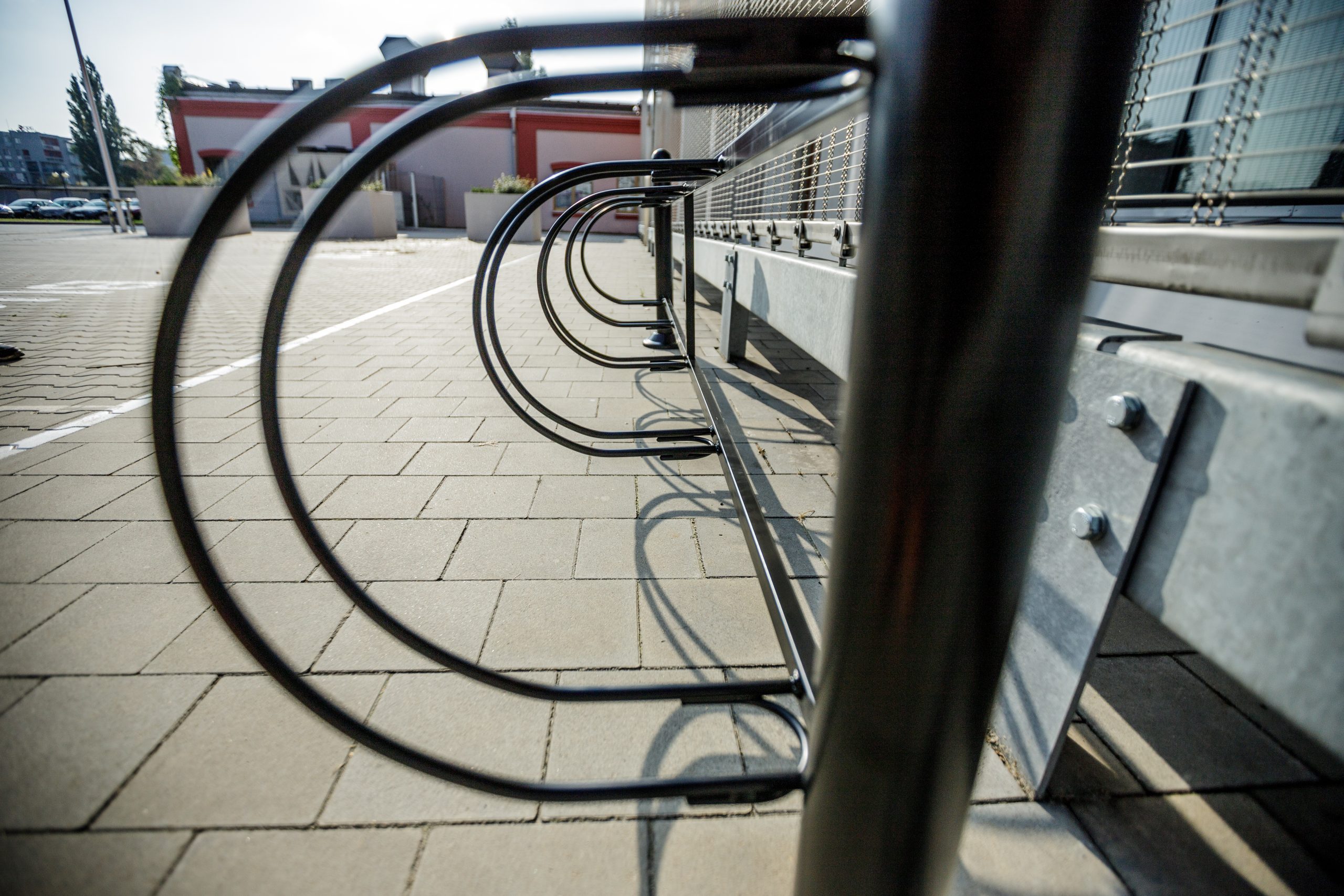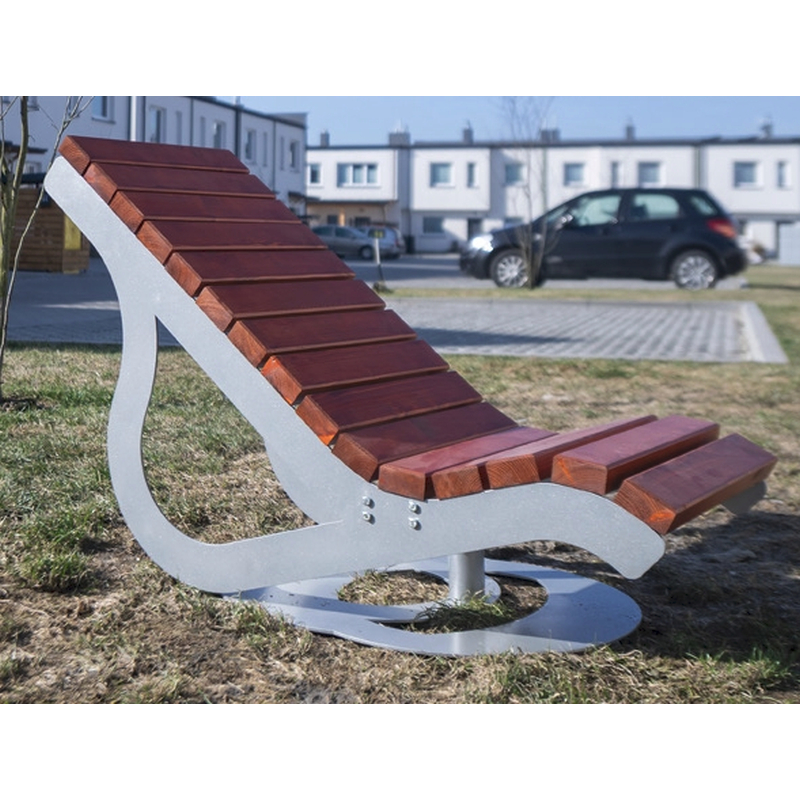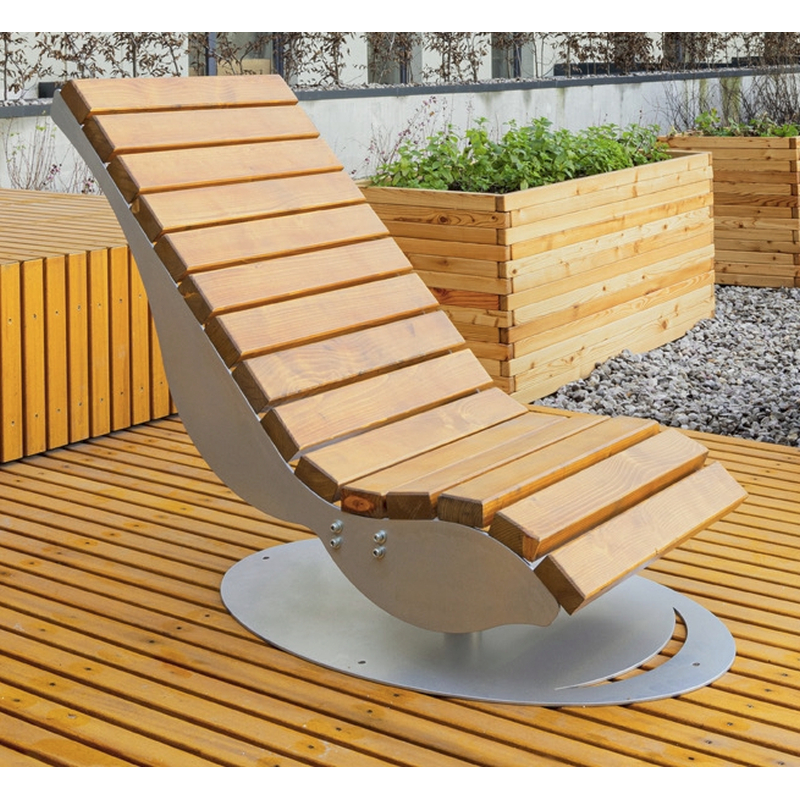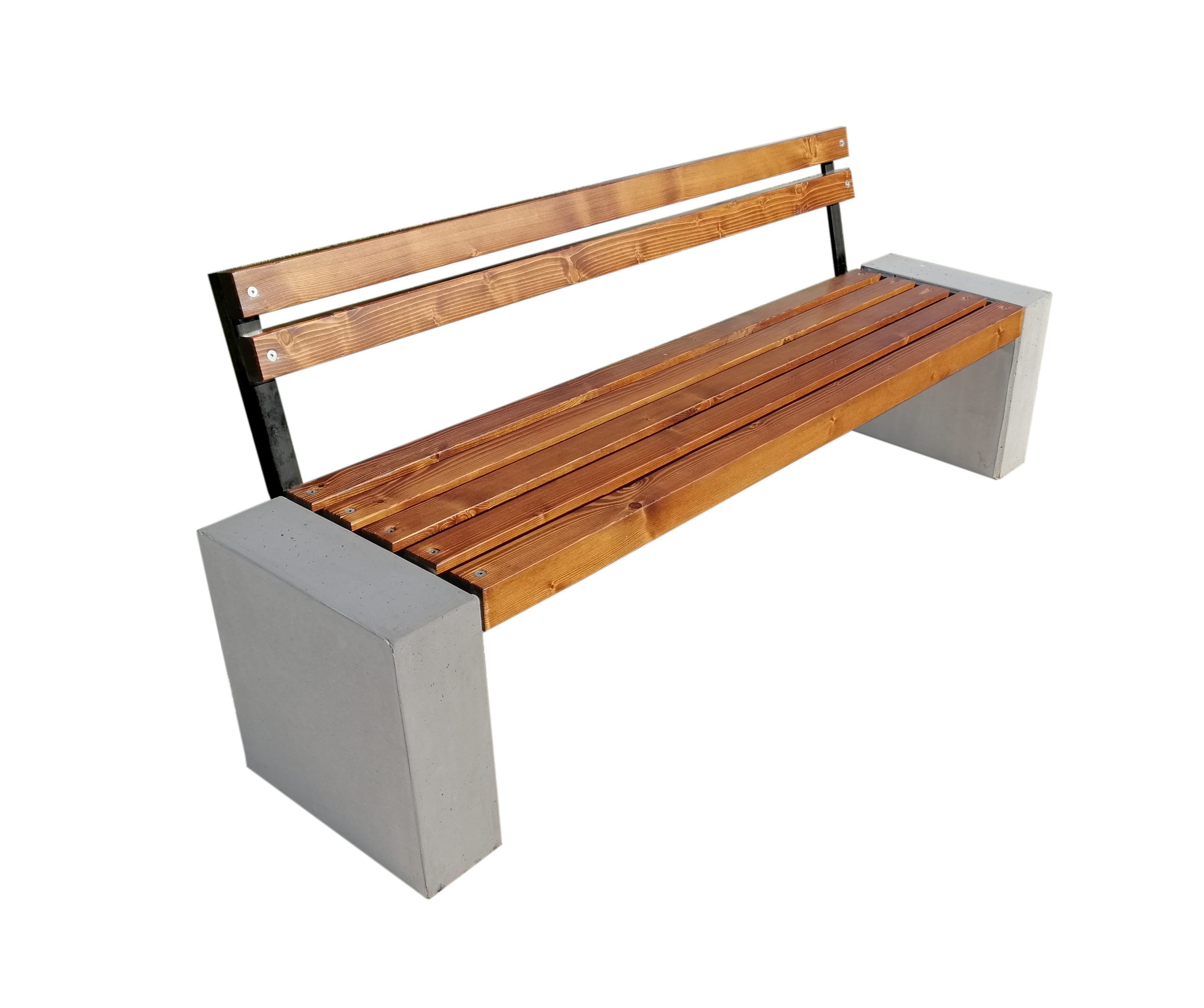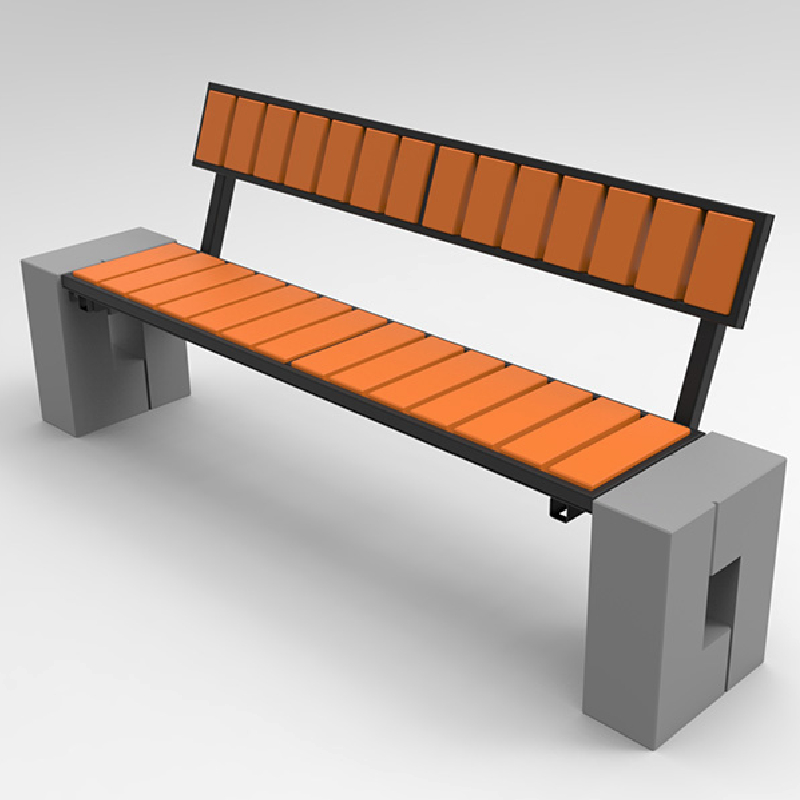In today's cities, where the pace of life is fast, and public space is a valuable resource, functional street furniture plays a key role in ensuring comfort, connectivity and functionality for residents and visitors. In today's article, we will look at a variety of street furniture designs, which not only make everyday life in the city easier, but also increase its attractiveness and usefulness.

1. Benches with a Photovoltaic Panel:
Benches equipped with photovoltaic panels are an example of functional street furniture, which are not only for rest, but they also generate electricity. Thanks to built-in USB chargers, they can act as charging points for mobile devices, providing users with additional comfort and convenience.
2. Wi-Fi Hotspots in the Form of Benches and Garbage Bins:
Street furniture, such as benches and waste bins, can be equipped with Wi-Fi technology, creating meeting and communication places for residents and tourists. Thanks to this, using public spaces, users can stay online, work remotely or spend time productively.
3. Chargers for Electric Bicycles:
In cities, where the popularity of electric bikes is growing, chargers for these vehicles are becoming more and more necessary. Street furniture designers are integrating e-bike chargers into existing urban infrastructure, enabling users to easily and conveniently charge their vehicles while parked.
4. Street Furniture with Green Elements:
Functional street furniture can also play a role in improving the quality of the urban environment by integrating green elements. For example, benches can be equipped with built-in plant containers or waterfalls, which not only decorates the space, but also improves the air quality and aesthetics of the place.
5. Bicycle stands with built-in repair stations:
Bicycle stands equipped with tools for minor bicycle repairs are another example of functional street furniture, that are practical and useful for cyclists. Thanks to this, in case of minor failures, Bicycle users can easily make necessary repairs without having to look for a specialist workshop.
Summary:
Functional street furniture is an important element of urban architecture, which contributes to improving the quality of life of residents and the attractiveness and usability of public space. Street furniture designers are increasingly reaching for innovative solutions, combining functionality with aesthetics and taking care of the needs of users of urban spaces.


